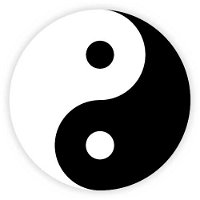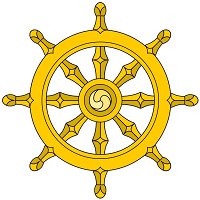
Sacred Symbols from Around the World Quiz
Religions use sacred symbols to convey profound truths, foster a sense of identity and provide a visual language for spiritual concepts. How well do you know the sacred symbols of various religions?
by wellenbrecher.
Estimated time: 3 mins.











